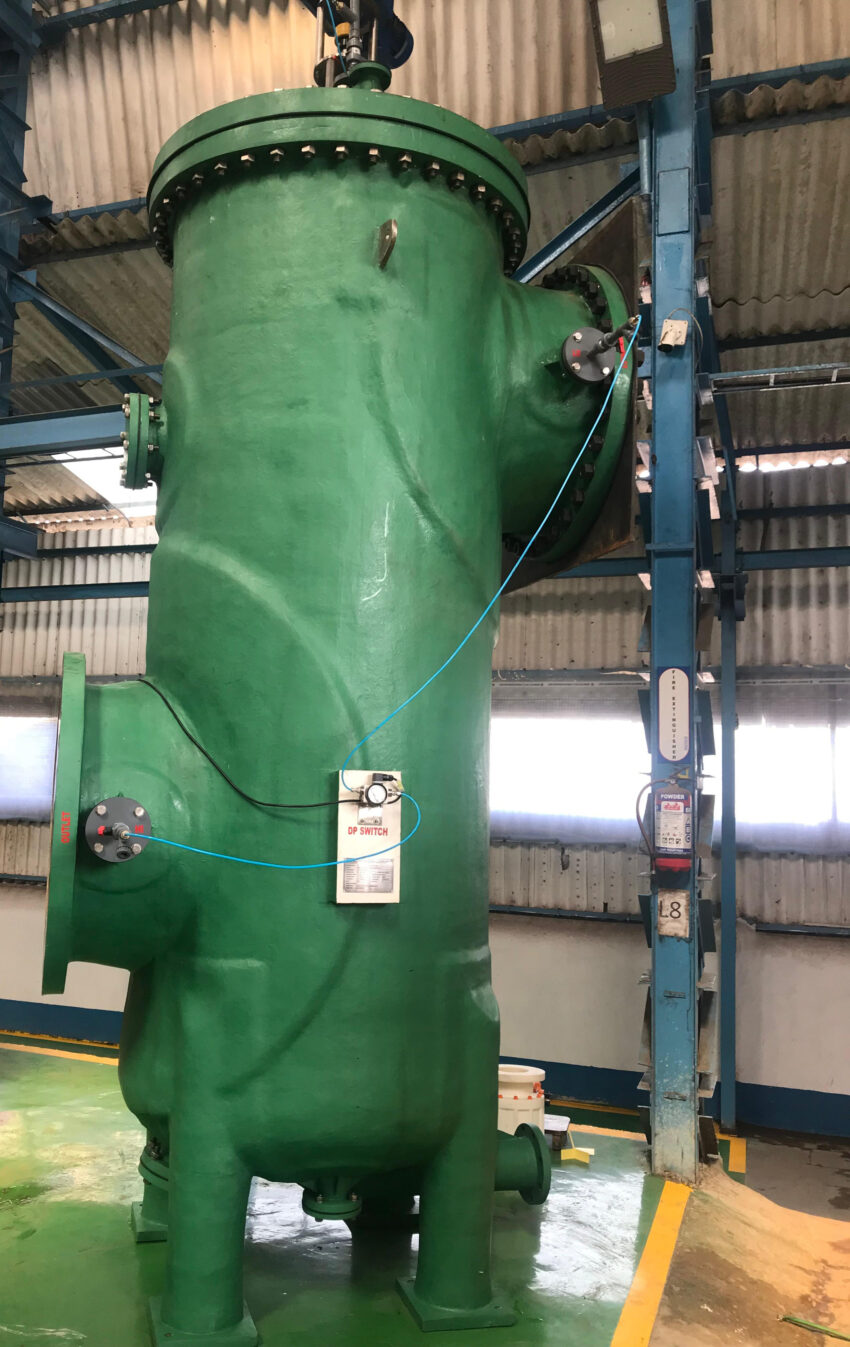Industrial strainers are essential for screening out debris and large particulates to protect crucial downstream equipment and processes in myriad applications. Strainers are used not only in the treatment of seawater and wastewater but also to remove debris from process and cooling tower water. Applications can range from desalination, wastewater treatment, and irrigation to power generation and the production of food, pharmaceuticals, consumer and industrial products.
Although standard carbon steel construction is adequate for typical use, corrosive environments such as those involving seawater, erosive slurries, or aggressive chemicals can quickly corrode conventional equipment. This can lead to potential issues in safety, quality, and compliance as well as production downtime, requiring premature strainer component replacement.
In many industries, duplex or super duplex stainless-steel construction is used to resist corrosion, but at considerable cost. Now, a wide range of industrial facilities are turning to a more economic, durable alternative for strainers: Fiber-Reinforced Plastic (FRP). FRP is a composite material made up of polymer supported with fibers for added strength. FRP is already widely utilized for applications such as the power plant piping used to carry seawater for once-through process cooling.
Within industrial markets, OEMs are now utilizing FRP in various applications where superior corrosion resistance is required at lower cost. As an example, a North American manufacturer of industrial self-cleaning strainers, Acme Engineering Prod., Inc., offers the option of using exceptionally corrosion resistant FRP for external strainer construction, including the pressure vessel itself.
There are significant benefits to this approach:
• Due to the FRP’s strength, the material can also be used to build to ASME BPVC Section X standards, which establishes requirements for the fabrication of fiber‐reinforced plastic pressure vessels.
• “Industries can save approximately half the cost or more when the strainer’s intake vessels and piping are built with FRP, and only the internals are constructed with super duplex,” says Robert Presser, Vice President of Acme. The company is an ISO 9001:2015 certified manufacturer of environmental controls and systems with integrated mechanical, electrical, and electronic capabilities.
• To help ensure compliance with specifications, OEMs like Acme can provide detailed engineering, including 3-D modeling of FRP piping, piping flexibility/general stress analysis, and piping layout/isometrics. The OEM can also supply complete skids with piping, valves, and instrumentation along with PLC control, as needed.
• An automatic, self-cleaning, scraper strainer is often used with FRP construction when cost-effective corrosion resistance is necessary and minimal oversight desired. In the case of the OEM’s automatic scraper strainer, a motorized unit is designed to continually remove both very large and very small, suspended solids from seawater, wastewater, and process streams.
For more info, visit Acme Engineering Prod. Inc. at acmeprod.com; phone Robert Presser, Vice President at: 518-236-5659; In Canada phone: 514-342-5656.

